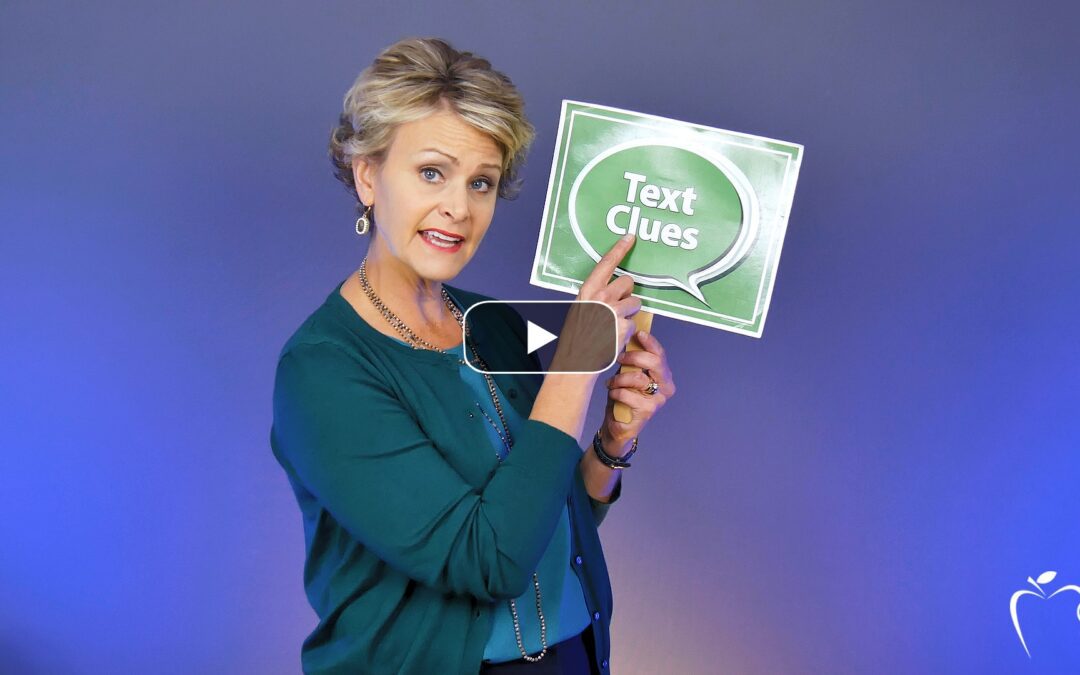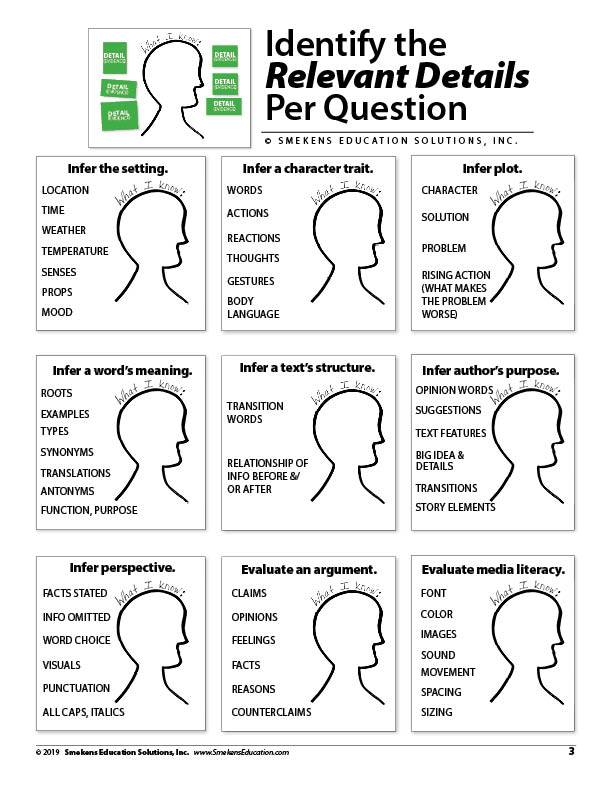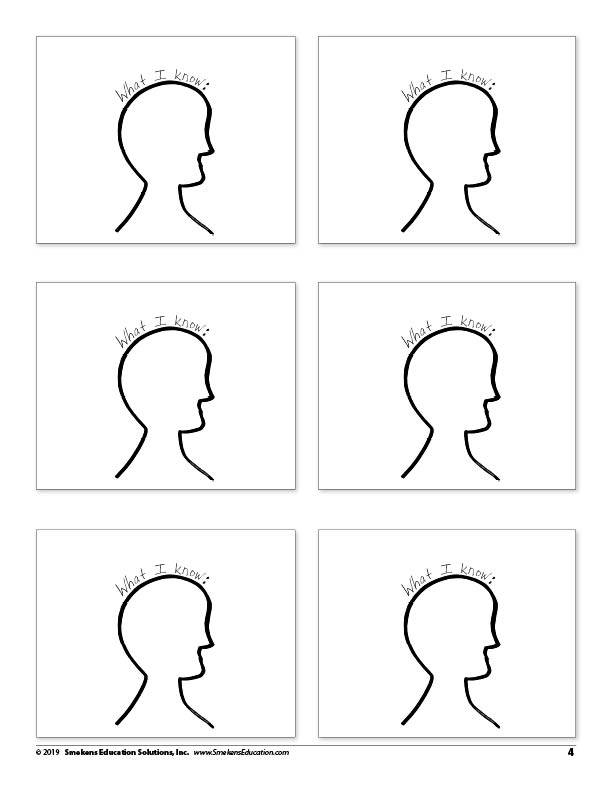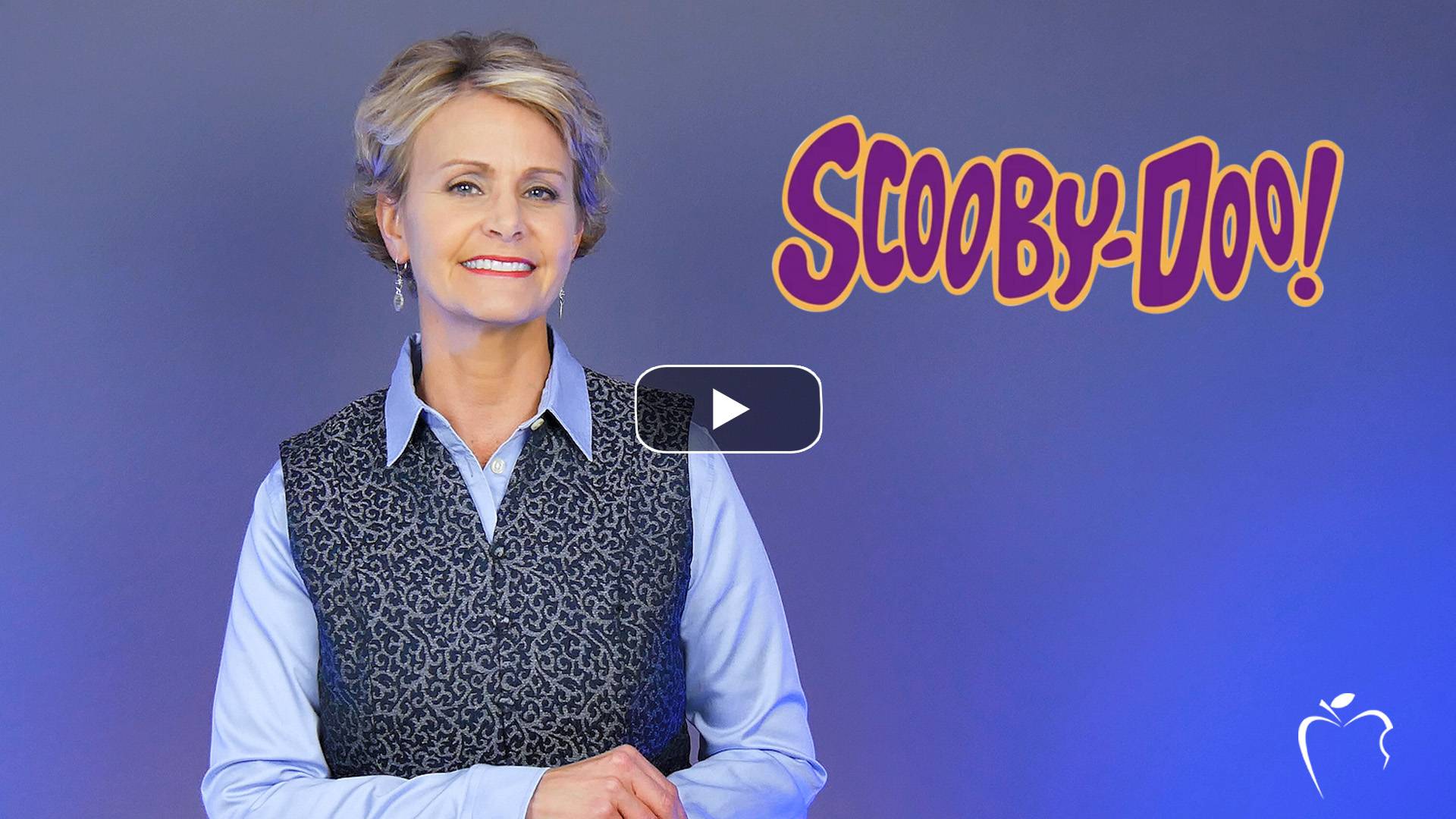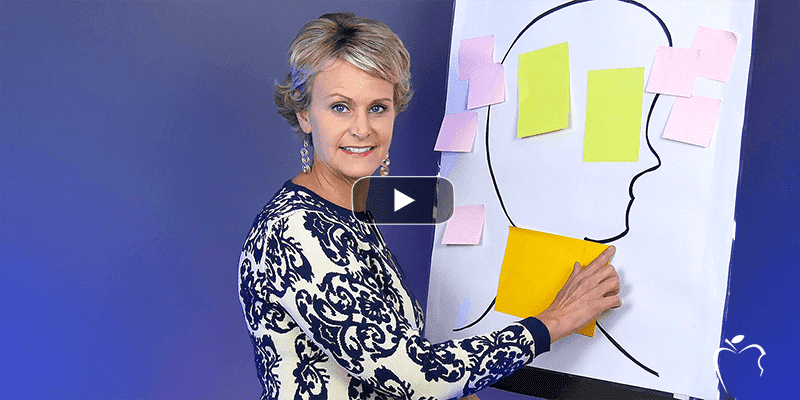Learning Center
Identify “relevant” textual details per reading standard
It’s well established that combining text clues with background knowledge is what leads to an inference. It’s understood that the Reading Voice “speaks” the text details and the background knowledge is activated by the Thinking Voice.

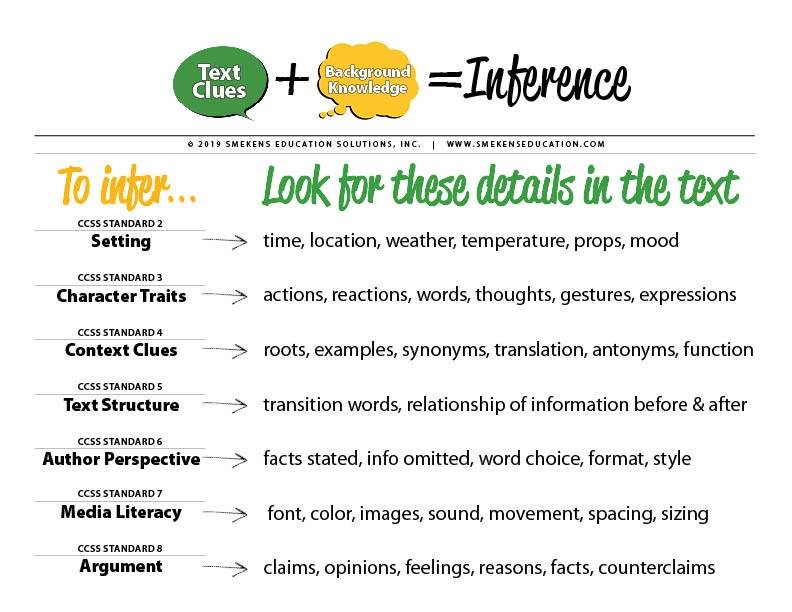 As widespread as this formula is, the details that serve as “clues” vary depending on the comprehension question. Authors imply ideas with certain details throughout the text.
As widespread as this formula is, the details that serve as “clues” vary depending on the comprehension question. Authors imply ideas with certain details throughout the text.Consequently, students need explicit instruction on where these relevant details are located and what they include for each reading comprehension standard.
If we want students to answer inferential questions correctly, we have to teach them what textual details, words, and clues will be helpful in the journey of their thinking.
To infer…Look for these textual details:
To infer an implied setting, we need to teach students to look for text details about time, location, weather, temperature, props, or mood.
When identifying character traits, students must look for actions, reactions, words, thoughts, expressions, and gestures a character displays.
For unfamiliar words, we teach students to use context clues, but we must specify what those are. Helpful clues include root words, nearby examples, synonyms, translations, functions, and even antonyms.
Authors imply text structure by including details like particular transition words and how they connect information within the paragraphs before and after.
The textual details that help readers infer an author’s perspective include the specific facts stated or omitted, word choice, word connotation, synonyms, and even format and style.
To infer meaning in media, students should pay attention to font, color, images, sound, movement, spacing, and sizing, as these elements provide clues about tone and message.
Recognizing how authors support their claims and address counterarguments helps students infer the strength and balance of the argument. Text details to look for include claims, opinions, reasons, facts, and counterclaims.

